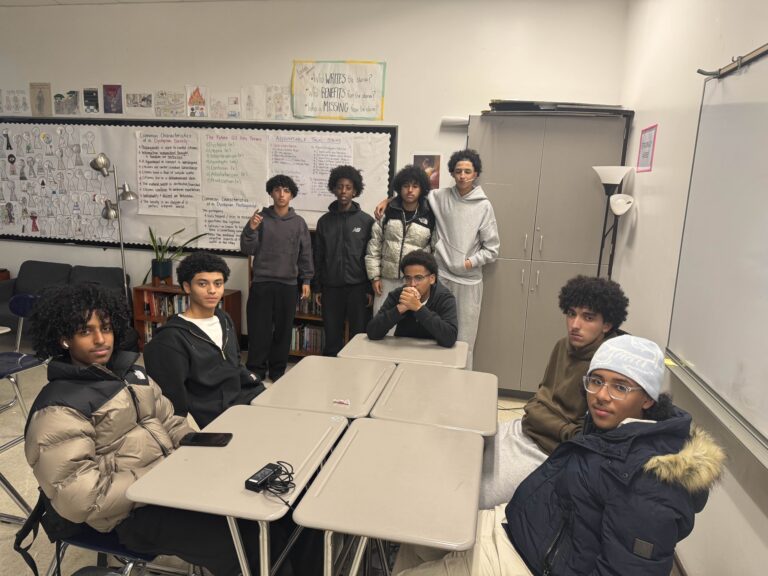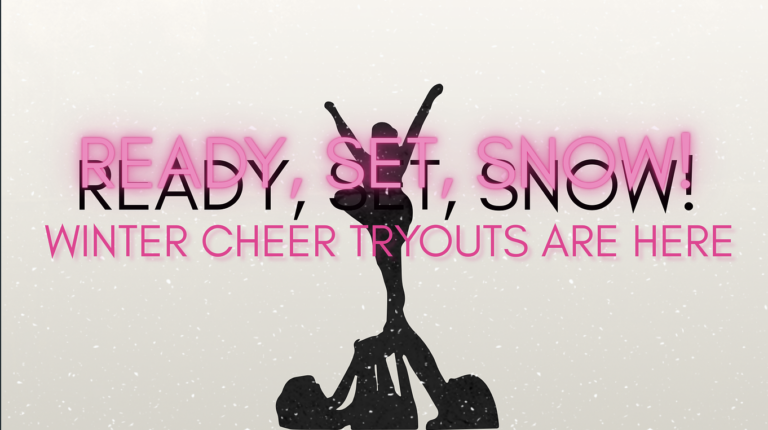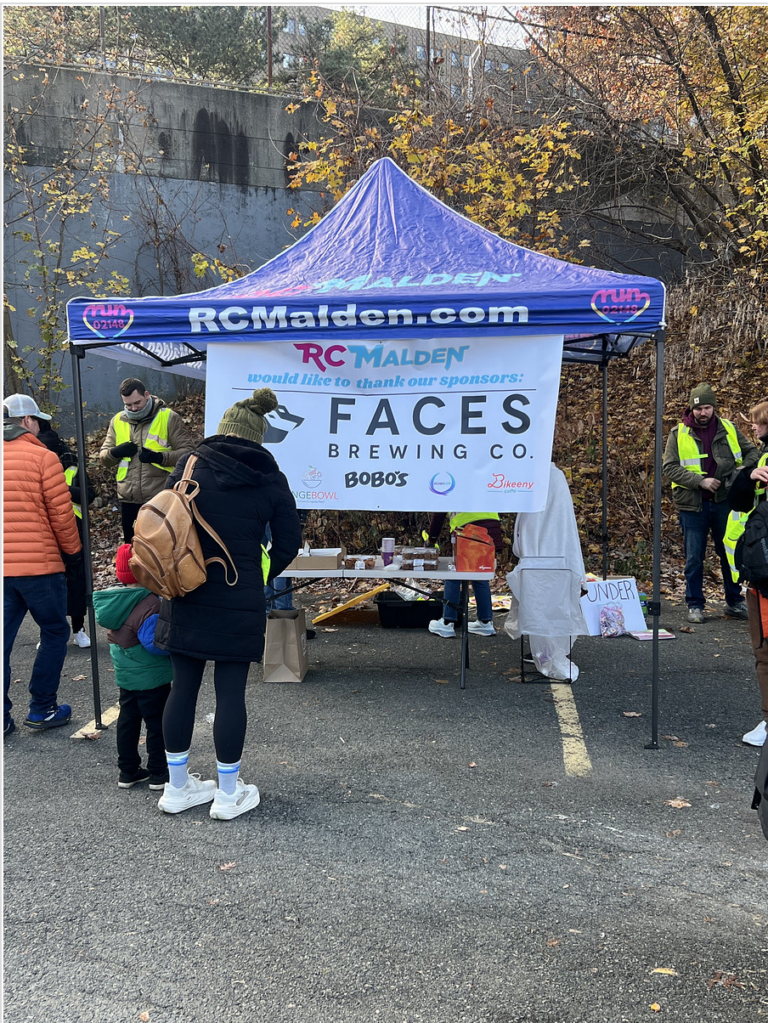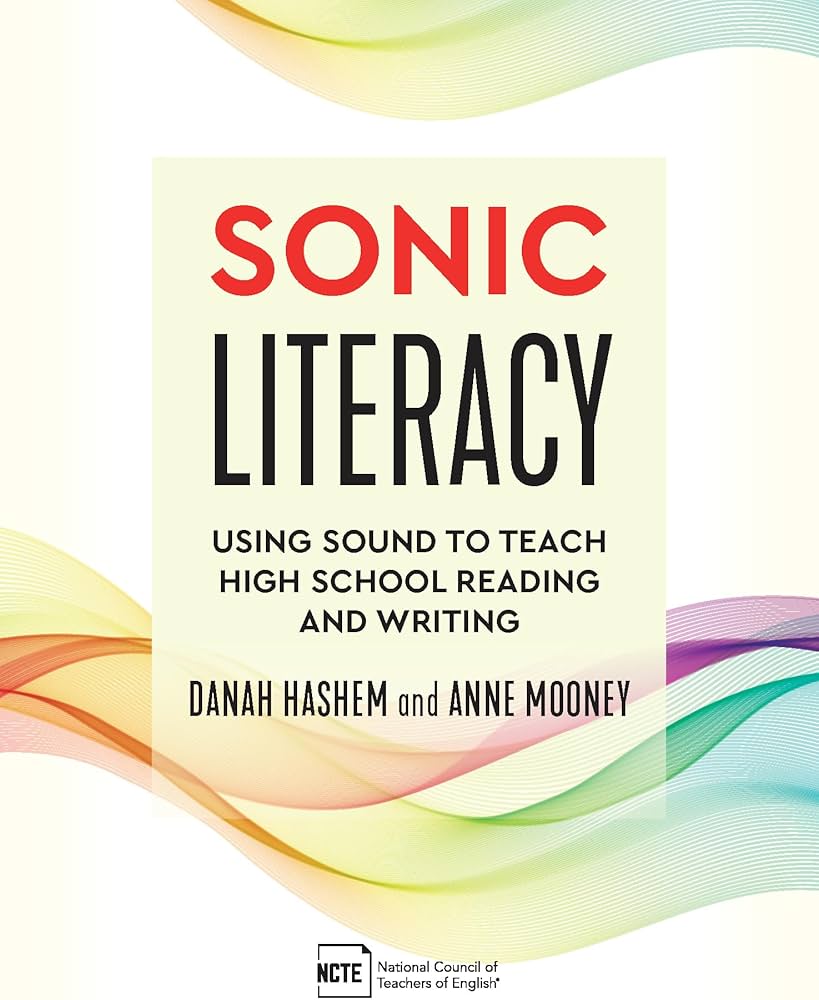
Written by a teacher for teachers, Anne Mooney’s Sonic Literary: Sound to Teach High School Reading and Writing is a comprehensive guidebook to help enrich the regular English class experience. Along with Danah Hashem, Mooney’s colleague, Mooney wrote a book highlighting teaching methods and strategies using sound to teach reading and writing.
Mooney shared that the book’s objective is to “assist teachers in using the mode of sound to teach reading and writing.” She defines this as “using things like podcasts, audio dramas, spoken word poetry, radio ads, and things like that to teach reading and writing skills that we’re already doing in our classroom.”
Some sections are highlighted in the book, such as “pitch, tempo, and then there’s also…the sound strategies, which is like music, voice, sound effects, silence and then layering, and those are unique to the mode of sound,” explained Mooney.
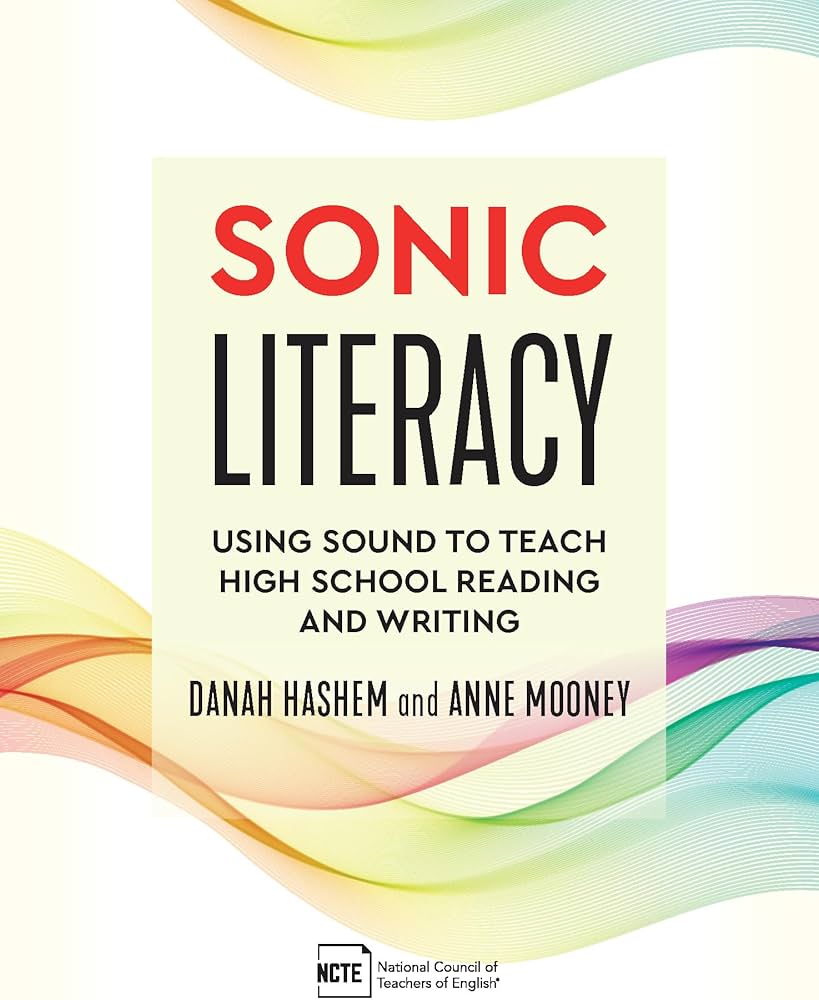
“One of the big buzzwords in education for the last probably decade or so has been multi-modality, which means bringing a bunch of modes into your classroom,” Mooney expressed. Mooney believes that the way we implement multi-modality in a curriculum is by simply observing a political cartoon or analyzing an ad. Still, it does not expand to other modes, which could be “a real disservice to students.”
“I think we’re doing a disservice to our students if we’re not really being multimodal. I just think it’s something new for a lot of classrooms,” but that it is “something exciting.”
Mooney continued, “When I’ve done it with students, I found that they’re much more excited and willing to do homework or willing to go a little bit further with their analysis or their writing skills. It’s a fun way to engage students who maybe don’t always vibe with traditional writing.”
The idea of writing a book on the many auditory variations of literature and how to implement it in the classroom was sparked and majorly based on a college class inspired by Hashem.
“We had a professor, Tanya Rodrigue, and she was the one who we first started doing sound writing with; she published a book for college-level students. She was very much our go-to person, and also our mentor through the whole thing,” explained Mooney.
“We [Hashem and Mooney] published something about working with sound, and then we thought we should talk about this more because people aren’t doing this in high school classrooms, and it’s cool.”
Mooney voiced that the process of creating the book was very time-consuming. “[It took] four or five years, but not consistently working on it. But working with the National Council of Teachers of English (NCTE), I would say it was maybe a year. So the iteration that it is now all together was maybe like a year or two.”
“What we thought the book was going to be at the beginning is not at all what it turned out to be. It’s a billion times better than we thought it was going to be, or that we had originally planned it. We started with a different publisher, then COVID happened, and then things weren’t really moving. So we decided to reach out to other publishers, and then eventually we were like, NCTE is the place,” Mooney explained.
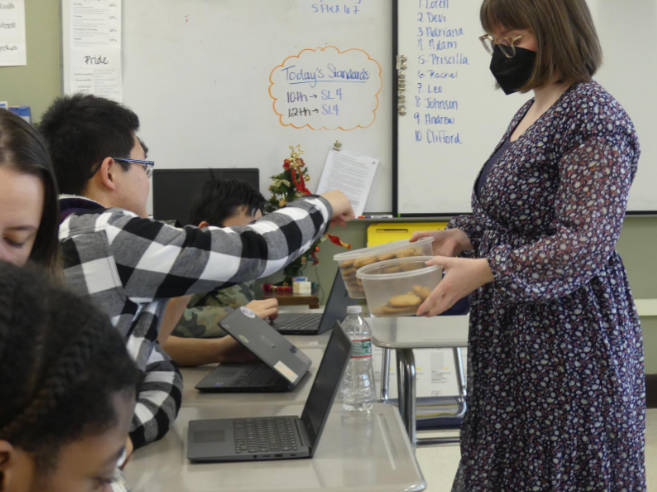
In addition to the experience of producing the text being time-consuming, some obstacles were faced while writing Sonic Literary. “We were trying to do it remotely, which was its own challenge. Our computers didn’t always link up, so sometimes I would forget to turn off the metronome on my computer. So we’d have this amazing take, and then we’d realize, the metronome the whole time was doing that annoying clicking thing, so we’d have to redo it.”
In a way, Mooney said that the setbacks put her in the perspective of “a learner” or “a student.” From struggling with setbacks to flashbacks of her colleague and her just having fun, Hashem and Mooney realized that students experience these sorts of things regularly.
“We were doing these things and it wasn’t going right, and we were getting kind of frustrated, but also kind of laughing at ourselves. This is what our students do all the time, and now we’re experiencing it,” Mooney laughed.
“Look, I don’t love my voice either when I hear it, but I did it for this book that now anyone can listen to. So I think you can do it for our class, where only I’m going to hear it, or only your peers are going to hear it. So I think it’s like a little bit of an ‘I feel for you,’ and also ‘we can do this,’” Mooney detailed.
Since presenting at the NCTE Boston conference, Mooney has received various feedback about the book, ranging from opinions to areas of the book that might need potential modification.
“I had three different talks at the] conference. There were a lot of teachers who were coming up and telling me, ‘We just bought your book,’ ‘We went to your other talk,’ ‘We really enjoyed it,’ ‘We’re so excited.’ That was really cool,” stated Mooney. “I’ve done other conferences before, where some of the ideas from the book were talked about, and teachers [would] email me after to say ‘I tried that with my students,’ they ‘really like this part,’ or ‘I struggled with this part.’”
Sonic Literary provides courses educators could follow so that their students can take their analytical skills a step further.
“I think that you all interact with sound texts like every single day, and so it’s really important to teach you how to understand those texts and understand what those texts are doing, as well as understand how to write those texts,” Mooney concluded.

